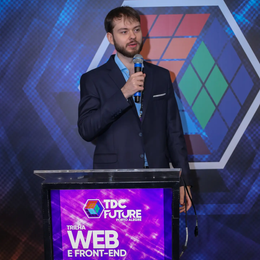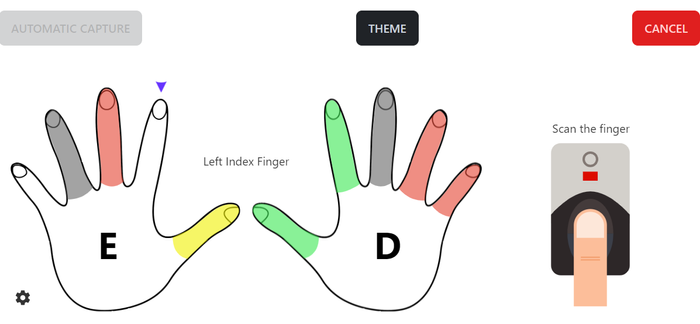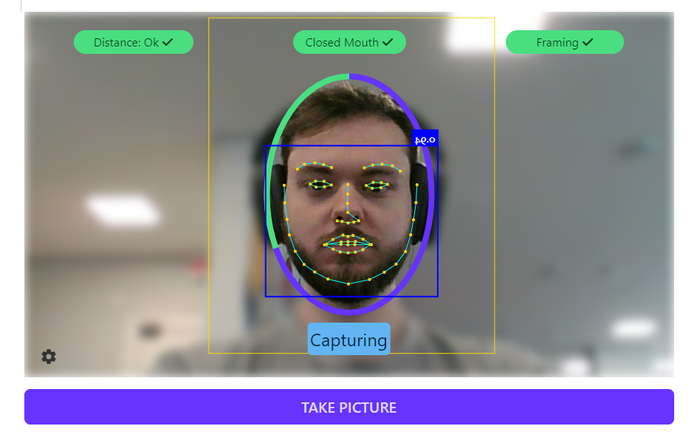Bry Tecnologia
I joined as a junior software developer in 2022 a few months after graduating from college. The only knowledge of web development I had then were some (arguably big) uni projects and, most importantly, my course conclusion thesis.
I was quickly put to work on their instance of the PSBIO network which is the biometric validation network of the brazilian public key infrastructure (ICP-Brasil). In it, every user is required to provide a biometric template to validate their identity when issuing a digital certificate. Usually, we collect the user's fingerprints, and picture. The template is generated from this data, and stored in the network. If users ever try to issue a certificate using someone else's biometrics, the network will reject the request.
The Initial tasks were on improving the biometric capture and validation process. The primary steps involved: capturing users' fingerprints, conducting fingerprint quality checks and duplicate verification in the back-end, capturing a facial image, and finally, sending this certificate request to the network.
Fingerprint Wasm
During that time, I realized that the fingerprint validation could be performed in the front-end. I didn't find any libraries that performed this task, so I set out to create my own. Instead of reinventing the wheel, I found the old NIST project with the C code that did the validations we needed. I then adapted it and used emscripten to compile to web assembly, thus creating an open-source library called NBIS-JS.
The result was a finger capturing process that no longer required an API, simplifying the integration process for new clients and speeding up biometric validation for end users with poor internet connections. Also, this opened up the possibility to collect user biometrics in the browser even in situations without an internet connection to hit the API.
With the results of this project I went on to give a presentation on the subject of web assembly and its applications at The Developers Conference 2023 in Porto Alegre.

Web component
After all this, we understood that the process of collecting the users biometrics was a big enough part of the whole system that it deserved its own module. Having spent the most time working with biometrics, I was tasked with planning and building a web component that encapsulated the collection process. We agreed upon creating a web component that would very customizable so it could be used in an array of company products.

The tools I used to build this component were: DaisyUI, Tailwind, Svelte. This combination proved very effective in providing the customizability needed along with ease of development and performance granted by Svelte's web-component api. This web-component also allowed for the expansion of the face capture capabilities. Namely, including face detection with custom parameter validation, automatic picture taking, and liveness checking, all able to be configured by the user and loaded dynamically, saving space when turned off.

Although this component is not open-source, it is available on npm.
All things considered, this was a great experience. I loved the stuff I was working on and the results we got. It was a great learning experience and I'm glad I got to work with such a talented team on such interesting projects.